May 28, 2025 | 01:03 GMT +7
May 28, 2025 | 01:03 GMT +7
Hotline: 0913.378.918
May 28, 2025 | 01:03 GMT +7
Hotline: 0913.378.918
Vietnam Agriculture News interviewed Mr. Le Van Su, vice-chairman of the Ca Mau Provincial People's Committee, about the province's motivations for maintaining its etiquette.
Despite the challenges provided by the Covid-19 outbreak, Ca Mau is the only province able to maintain a seafood export turnover of over USD 1 billion. What motivates Ca Mau to maintain such amazing figures?
Ca Mau province's exports of seafood surpassed USD 1 billion for two consecutive years in 2020 and 2021, and are likely to repeat the feat in the third year.
Local authorities, the business community, and farmers who created and followed an effective and safe production organization to achieve the dual objectives of combatting the epidemic and recovering and developing socioeconomic elements were accountable for the positive outcomes.
In addition, it was the efforts of the shrimp business community and farmers to quickly recover their production after Covid-19, as well as to revitalize the international consumption market.
After the pandemic, the seafood exports market has returned to its previous level of activity, indicating an increase in worldwide consumption needs. This was the major element that encouraged the development of local fish enterprises.
In terms of benefits, the Central, ministries, departments, and Ca Mau itself efficiently implemented economic recovery assistance programs and policies, which aided enterprises in promoting processing and export activities.
Concurrently, local seafood export enterprises actively exploit and use the benefits afforded by free trade agreements, contributing to an increase in Ca Mau exports to international markets such as the United States, the European Union, Canada, Australia, and China.
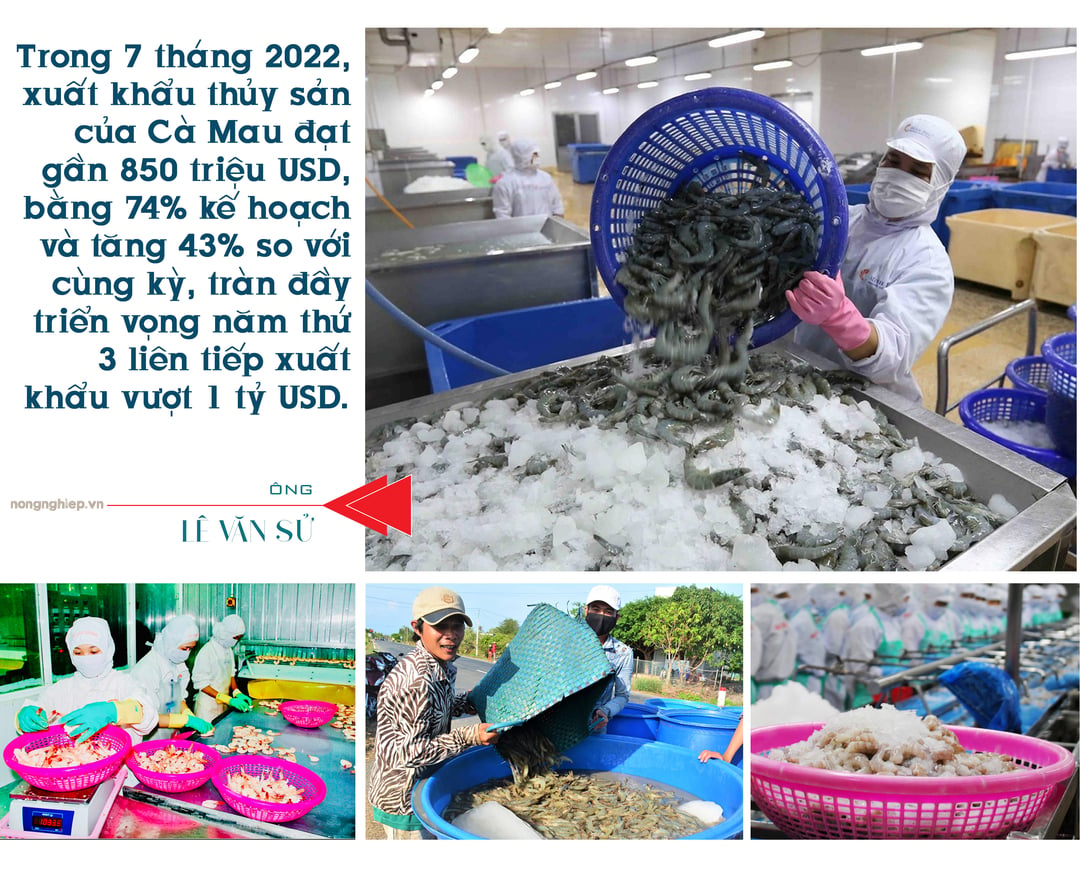
In 2021, seafood exports to the United States totaled about USD 182 million, to the European Union nearly USD 135 million, Canada USD 64 million, Australia USD 53 million, and China USD 51 million.
Currently, Ca Mau's shrimp products have a pricing advantage over competitors such as India, Thailand, Indonesia, Ecuador,... and export prices have also grown steadily year on year.
In the first seven months of 2022, Ca Mau's seafood export turnover is projected to reach USD 850 million, representing 74% of the annual target and a year-over-year increase of 43%. The seafood market is valued at USD 689 million. Based on the aforementioned data, 2022 would be a lucrative year for seafood exports, with revenue exceeding the established goal (over USD 1.1 billion in 2022).
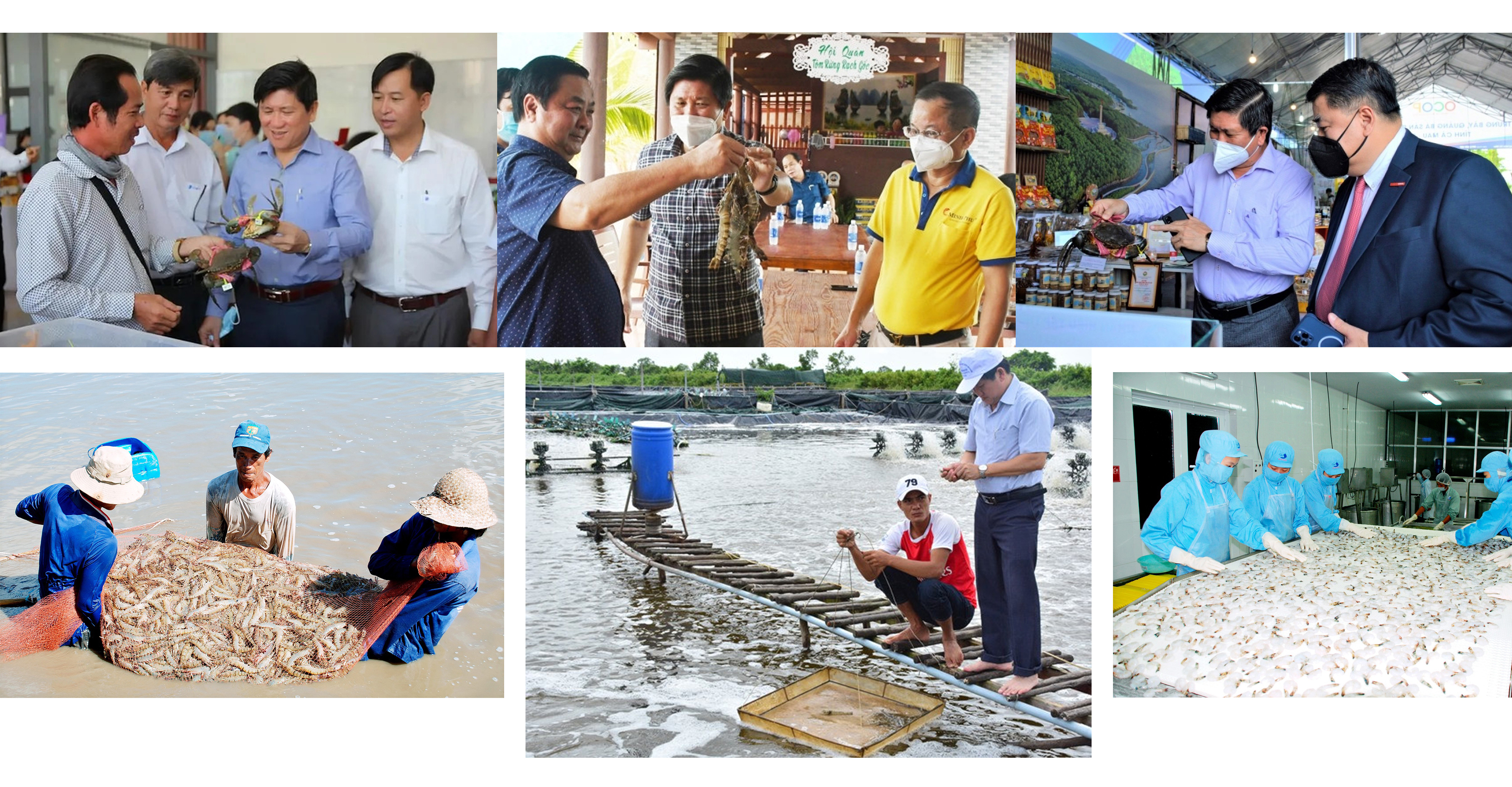
Concerning difficulties, Ca Mau's seafood export activities are afflicted by a shortage of vessels, a lack of empty containers, freight charges, domestic and foreign loading and unloading costs, and rising input material costs; meanwhile, the province's export markets have tightened control over food safety, disease safety, sanitary and phytosanitary measures...
In order to assist seafood processing and export enterprises in stabilizing their operations following the Covid epidemic, Ca Mau has ordered the implementation of a program on economic and social rehabilitation and development in the province, particularly credit policies.
Continuing to implement solutions to support enterprises in boosting production and business, so as not to interrupt or break the supply chain, including strengthening control over processing materials to meet businesses' demands and ensure the requirements on origin traceability; combining the development of the processing industry with the development of raw material areas and production along the value chain; placing a priority on synchronized infrastructure and technical aspects; and ensuring that the development of the processing industry is in sync with the development of raw material areas and production along the value chain.

Additionally, the province focuses on boosting the focal point of associations, leagues, and state agencies in order to provide enough support solutions for enterprises, swiftly disseminate free trade agreements such as CPTPP, EVFTA, UKFTA, and RCEP, among others...
Ca Mau also faces issues from rising fuel and transportation costs, as well as the Russia-Ukraine war, which has a significant influence on the European market, one of Vietnam's most important export areas.
In the future, the province will continue to encourage export businesses to participate in trade promotion activities in order to find customers, expand and develop markets, and take advantage of the opportunities presented by trade agreements that Vietnam has signed, such as the EVFTA, CPTPP, UKVFTA, and RCEP, in order to advance processing and export growth.
Video: Cà Mau hướng tới năm thứ 3 liên tiếp xuất khẩu thủy sản vượt 1 tỷ USD.
The Regional Comprehensive Economic Partnership (RCEP), which went into force on January 1, 2022, is regarded as the world's largest free trade deal. It presents a chance for seafood firms in Ca Mau to increase shrimp exports.
This is a potential opportunity for Vietnam, as RECEP has the largest scale in the world and its members are Ca Mau's principal shrimp export customers, accounting for approximately 40 percent of the province's entire export turnover.
Seafood is considered an agricultural commodity with several rules and benefits within the framework of agreements.
In order to make the most of this opportunity, Ca Mau will educate the business community and the general public about the Agreements that pertain to their industry.
To arrange products with high production, high quality, and stability, we must completely comprehend the terms of the RCEP Agreement. Particularly adopting several measures during the production process to strictly regulate the quality.
Because member nations would insert technological hurdles, particularly quality barriers, in order to reap the benefits of RCEP, this is regarded as a significant obstacle if we wish to utilize these benefits.

Second, production organization is a crucial step in the manufacturing of high-quality, stable goods. However, for small-scale seafood producers like Vietnam, production link standards are more stringent.
The use of RCEP's export opportunities for seafood, particularly Ca Mau shrimp, is accompanied by obstacles.
For prospects established by the agreement: the RCEP's large market with rising incomes, strong demands, and a variety of market sectors ranging from difficult to simple is anticipated to create more export chances for more enterprises.
For tax advantages: Some nations (Australia, Brunei, Malaysia, Singapore, and China) have promised to reduce tariffs on black tiger shrimp and white-leg shrimp as soon as the Agreement goes into force. Consequently, under the RCEP, enterprises will have the option of advantageous tariffs when exporting to member nations, in addition to the tariff benefits under prior single FTAs.
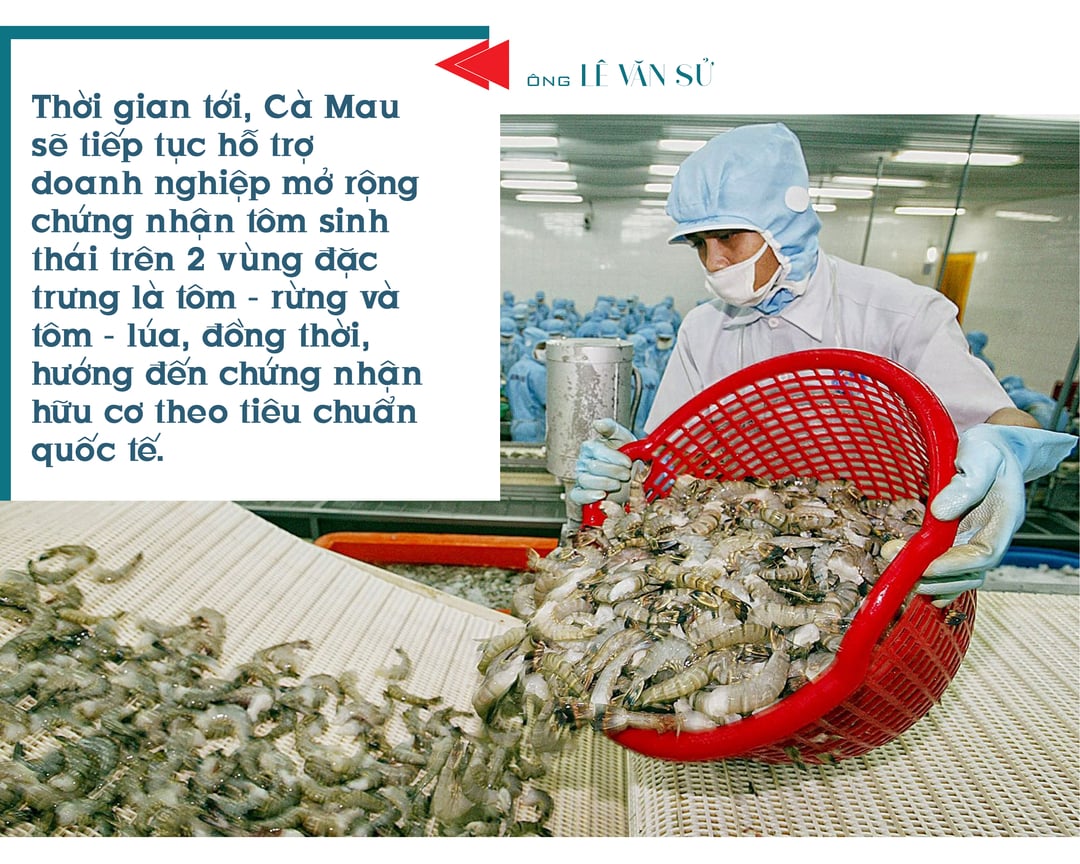
Regarding rules governing the origin of products: Thanks to the harmonization of rules of origin within the RCEP bloc, goods containing imported materials and accessories, primarily from countries in the bloc of Vietnamese enterprises, can easily meet the requirements of the RCEP to enjoy preferential tariffs in RCEP that are higher than any existing FTA, thereby increasing exports in this region.
With regards to non-tariff measures: According to the RCEP-agreed-upon obligations on customs and trade facilitation, technical obstacles, food hygiene and safety, trade remedies, etc., 15 economies have agreed to a variety of measures.
Concerning the difficulties posed by the Agreement: The effective agreement will put Vietnamese enterprises in general and Ca Mau enterprises in particular in the position of having to compete simultaneously with many strong competitors in the shrimp industry, such as Thailand, China, Indonesia, etc., because not only does Vietnam have the FTA advantage as before, but so do our competitors.
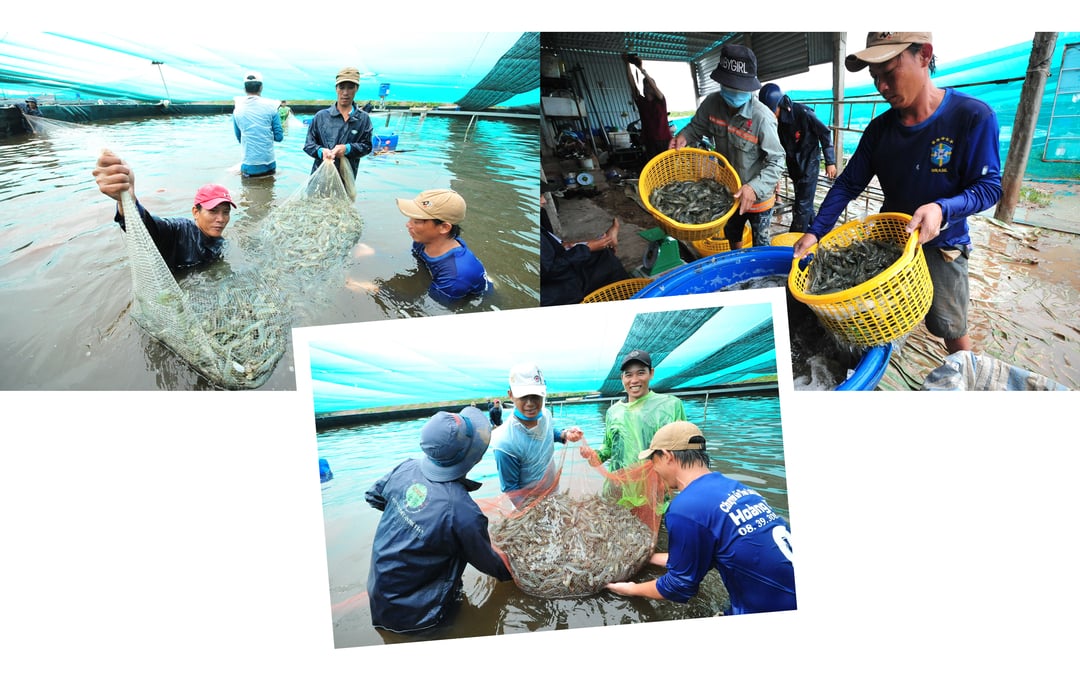
Ca Mau has been creating a link chain in accordance with Decree No.20-NQ/TW for the continued innovation, development, and enhancement of the shrimp industry's collective economic efficiency. What effects has this policy and plan had to date?
To efficiently arrange manufacturing according to the link chain, the Document requires that all phases of production process must be linked.
In the context of farmers' fragmented production, it appears to be more difficult to organize a supply chain.
To develop linkage activities step by step, the restructuring of production in the direction of chain linkage necessitates the use of several models with a variety of measures.
This is a stage with a large area and number of participants, but the farmers' knowledge is not constant and there are numerous constraints, notably in the farming stage, which has a lower capacity than earlier stages. Consequently, the reorganization of production must begin with farming.
In addition, it is required to aggressively promote a variety of linking models, based on a preliminary evaluation of which model is acceptable for local conditions and then replication of that model.
The cooperative economic growth has made amazing strides, with both quantity and quality constantly increasing.
Cooperative activities are comprehensive, and the production value chain is well executed. The link chain concept has flourished, and the proportion of cooperatives employing science and technology has expanded significantly.

Forms of linking production and consumption of products evolve in the direction of applying high technology, exploiting local potentials and advantages, and moving progressively toward modern, safe, sustainable, and efficient production, thereby opening a new direction with key industries and constructing a new-styled countryside.
The distribution services are becoming increasingly diverse, ranging from the provision of input materials to harvesting services, transportation, and technological transfer counseling, all of which support the production-consumption linkage chain.
For the construction of shrimp linkages: In the past, the province of Ca Mau has connected 22 enterprises and signed 63 times of cooperation contracts to develop the shrimp value chain with 23 cooperatives/ cooperation groups to supply input materials and construct shrimp farming areas with international certification, as well as processing and consumption products.
In addition, the locality has assisted 7 seafood export processing companies to continue coordinating with the Management Board of Protection Forest and related units to expand the area of production and consumption of shrimp-forest products in Thoi Binh district, bringing the total area of linkage to over 28,000ha.
19,000 hectares have been certified to international standards such as Naturland, EU Organic, Canada Organic, Selva Shrimp, ASC, BAP, and Seafood Watch, representing 6.8% of the farming area, while more than 9,000 hectares are awaiting certification, representing 3.4% of the farming area.
Thank you!
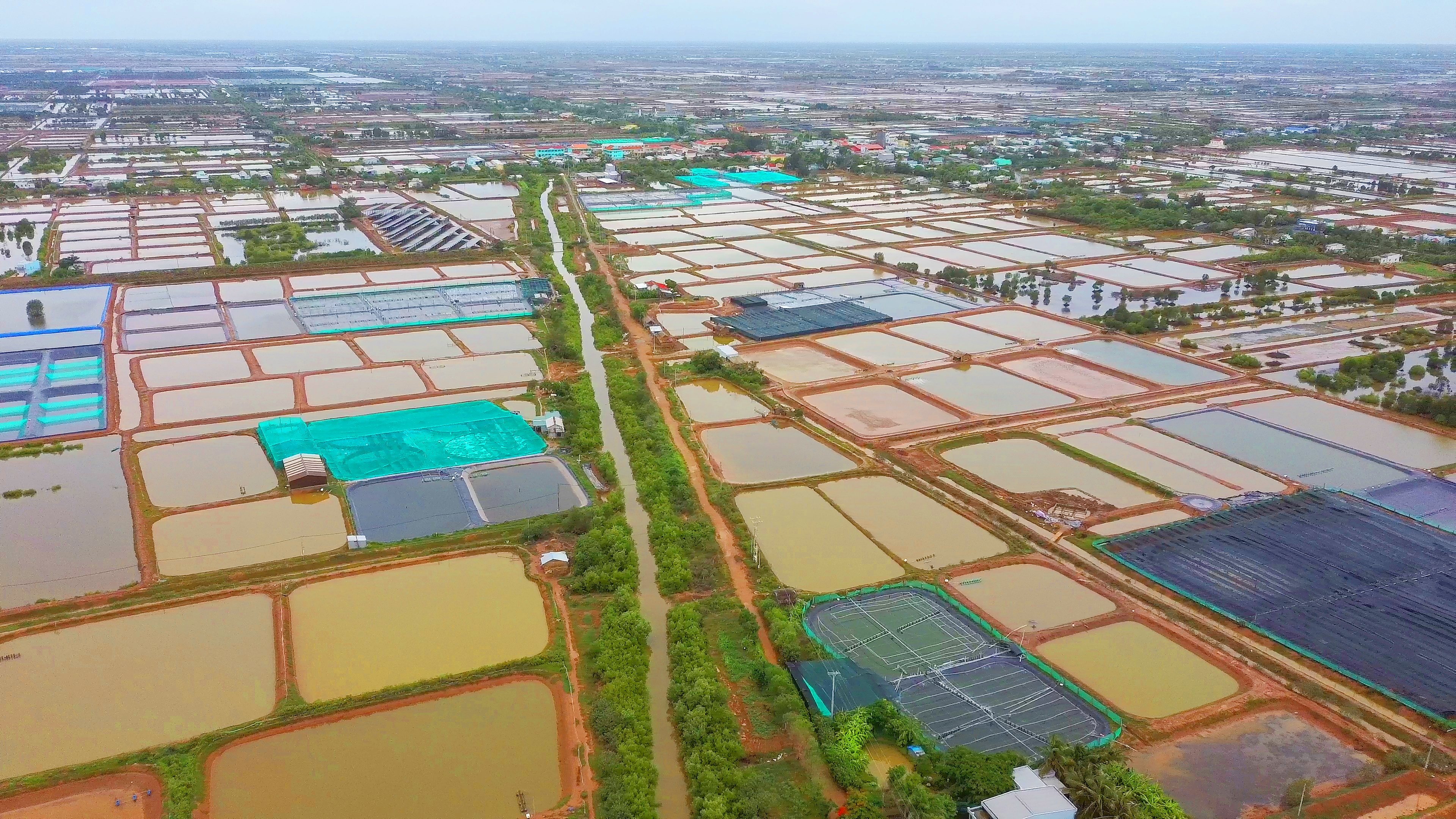
Translated by Linh Linh
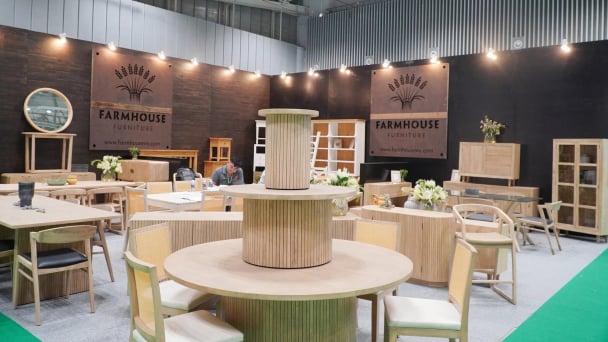
(VAN) The U.S. is tightening import tariffs and origin inspections, requiring Vietnamese businesses to proactively prepare in terms of legal compliance, supply chains, and appropriate export strategies.

(VAN) Russia more than doubled halal poultry exports in 2024, aiming to further boost sales by the end of the decade.
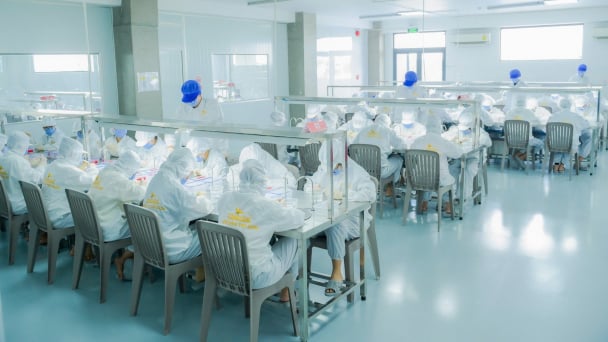
(VAN) Amidst the current intense competition, businesses must establish sustainable linkages, prioritize technological investments, build brand identity, and obtain international certifications.
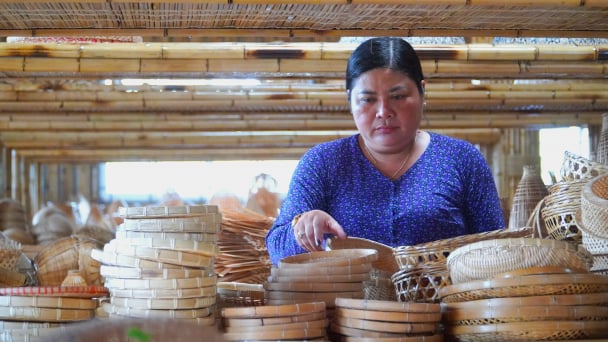
(VAN) As director of the Thuy Tuyet Bamboo and Rattan Handicraft Cooperative in Soc Trang, she has revitalized a traditional craft, generating sustainable livelihoods for hundreds of workers - particularly from the Khmer ethnic minority.
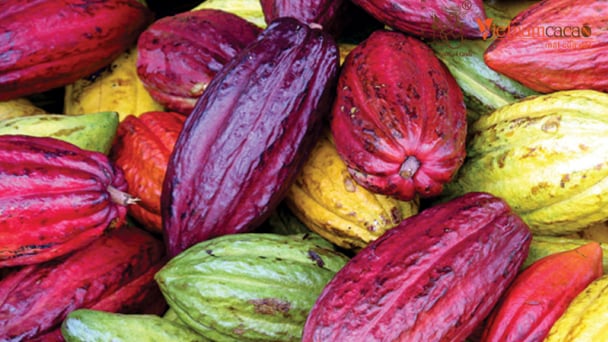
(VAN) Vietnam has been classified as a ‘low-risk’ country for deforestation under EUDR, granting local producers a strategic edge in sustainable market development.
/2025/05/19/2617-14-211139_18.jpg)
(VAN) Vietnamese bird's nest enterprises are eager to access the promising Chinese market; however, only those with thorough preparation, truthfulness, strict regulatory compliance, and consistent product quality will be positioned for success.
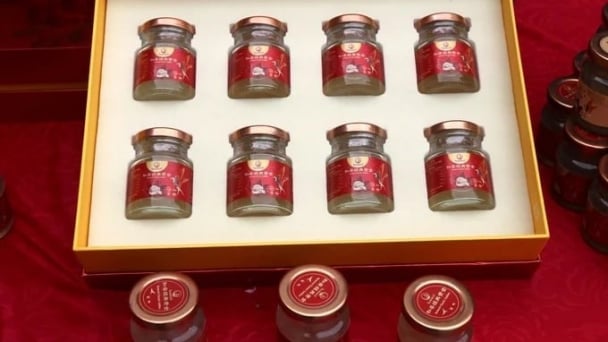
(VAN) For Vietnamese bird's nest products to penetrate deeply and sustainably into the Chinese market, it requires not only product quality but also strict compliance with the regulations on quarantine, traceability, and food safety.